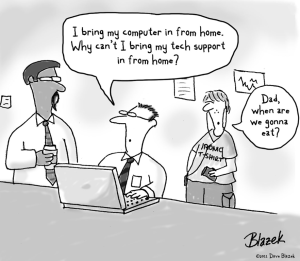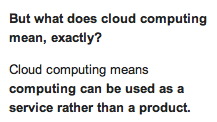Without any prompting from me, this morning over breakfast, when I was browsing the Metro app on the iPad, little Miss Noble tell us that magazines and newspapers are better on the iPad than the paper ones. And the Focus magazine from the BBC is right up there as well – we had a quick look at that as well over breakfast.
This is only week 2 or 3 into our digital newspaper experiment but it’s going well and the Metro is without a doubt the clear winner here and leading the way in how newspapers can go digital and do it well.
For my 6 year old daughter to decide in her own mind that the digital versions are better says a lot. Here’s her thinking as well (she told us why it was better)…
- It has videos – consumers want more rich media content now
- It has clever pictures – hi-res photos you can zoom in on and pan about
- The adverts are funny – with videos and links and buttons you can click
All key points and she’s right. For us, it’s a much more interactive family newspaper experience now and it’s so easy for me to show everyone else cool photos and stories. Even 3 year old Mr. Noble needs to see them!
In the Metro today there’s a great story about a cable car in the Swiss Alps where you can sit on the roof for an outside view – see the picture below. This was a great breakfast table topic as daddy (me) took a trip last night on the newly opened (yesterday) Emirates Air Line cable car across the Thames (London). And the photos in the app really added to the conversation. It looks a bit high though (the Swiss Alps one), not sure I’d be jumping to go on it, but maybe – it does look like fun…
Check out the web-site for the Emirates Air Line, it’s a very cool way to cross the Thames – 50m above the river and with some awesome views over London…
And some cool snaps from my first trip across the Thames in a cable car – the perfect evening for it, clear blue skies and the sun just about to set (a bit windy 50m up though).




















































